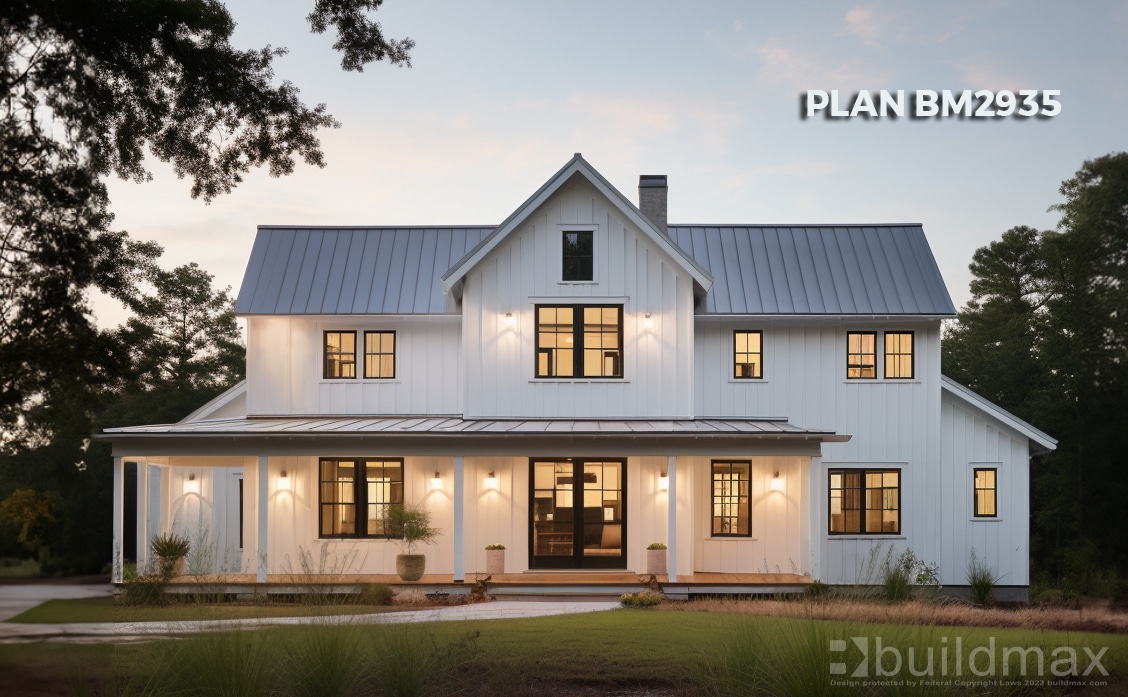Barndominiums Vs. Typical Residences: a Thorough Contrast of Way Of Life and Performance
The choice between barndominiums and traditional homes includes various aspects, including way of living preferences and useful requirements. Barndominiums are identified by their open layouts and flexibility, typically appealing to those who focus on public living and adaptability.
Introduction of Barndominiums
Barndominiums, an unique real estate fad obtaining appeal across various regions, blend the rustic appeal of barn-style style with the functionality of modern home. These distinct structures normally include a steel or timber structure, integrating open flooring strategies and high ceilings with energy-efficient attributes. Usually positioned on large country residential properties, barndominiums supply homeowners the opportunity to appreciate a calm way of living while supplying adequate space for numerous tasks.
The adaptability of barndominiums prolongs beyond their visual charm; they can act as both living quarters and functional rooms for pastimes, workshops, and even small companies. Their flexible design permits for very easy modification, fitting varied household demands and choices. Numerous proprietors appreciate the low upkeep demands related to steel home siding and roofing, adding to long-lasting toughness.

Qualities of Typical Houses
Stressing timeless design and convenience, traditional homes are characterized by their unique building styles, which typically reflect historical impacts and local appearances. Usual features include balanced exteriors, gabled roofs, and a focus on craftsmanship, causing a warm and inviting ambience.
Conventional homes often integrate aspects such as crown molding, wainscoting, and hardwood floor covering, enhancing their timeless allure. They commonly include numerous rooms with defined objectives, advertising household interaction while permitting privacy. visit site. The design commonly includes official living and dining areas, which are helpful to enjoyable guests and holding household events
Exterior products such as block, timber, or stone are often utilized, adding to durability and a feeling of durability. Barndominium repair. Furthermore, many conventional homes are developed with front porches or stoops, fostering a feeling of area and link with the community
Landscaping plays a considerable role in traditional home design, with well-maintained yards and paths that improve visual charm - see website. On the whole, typical homes personify a feeling of fond memories and security, attracting those who value heritage and a much more structured living environment
Price Contrast
Commonly, a price contrast between barndominiums and conventional homes reveals substantial distinctions in building expenses and overall financial investment. Barndominiums, commonly built from metal or steel structures, commonly sustain reduced material and labor prices than standard homes developed from wood and block. The streamlined design of barndominiums can convert to minimized building times, further lowering labor expenses and expediting tenancy.
Usually, the cost per square foot for a barndominium varies from $100 to $150, while conventional homes can differ commonly, usually dropping between $150 and $300 per square foot, depending on place, materials, and layout complexity. This cost disparity makes barndominiums an eye-catching choice for budget-conscious buyers seeking bigger living areas without sacrificing top quality.
Furthermore, barndominiums may bring about long-lasting financial savings through reduced upkeep costs, power efficiency, and insurance policy prices. Their durable construction products frequently call for less maintenance in time contrasted to conventional homes. However, it is vital to consider that while first costs might be reduced for barndominiums, the final investment will likewise depend upon specific modification and desired amenities, which can influence the general cost in both housing types.
Way Of Living and Area Factors To Consider
When considering lifestyle and space, barndominiums provide a special versatility that attract a selection of home owners. These hybrid frameworks incorporate household coping with useful room, frequently featuring open layout that can be adjusted to match specific demands. This flexibility is especially helpful for households or people seeking an individualized living setting, enabling varied usages such as office, workshops, or entertainment locations.

Additionally, the visual appeal of barndominiums can provide to both rustic and contemporary tastes, making them a flexible selection for different style preferences (Barndominium builder). Ultimately, the option in between a barndominium and a standard home often pivots on just how well each option aligns with the property owner's way of life aspirations and spatial requirements, highlighting the relevance of taking into consideration personal top priorities in the decision-making procedure
Environmental Effect and Sustainability
The ecological influence and sustainability of barndominiums present engaging advantages contrasted to typical homes. Mainly built from steel and various other durable materials, barndominiums are commonly constructed using recycled resources, minimizing the need for brand-new materials and reducing waste. Their style typically emphasizes open spaces, which can bring about reduced energy consumption for heating & cooling compared to standard homes with even more fractional formats.
Moreover, barndominiums can incorporate sustainable features such as solar panels, rainwater harvesting systems, and advanced insulation methods, improving their energy effectiveness. The versatility of their style allows house owners to integrate these modern technologies more flawlessly than in several traditional homes, which might call for extensive retrofitting.
Additionally, barndominiums often require fewer resources for construction due to their less complex, extra reliable styles. This not only lowers the carbon footprint linked with structure however likewise contributes to an extra lasting way of living. In comparison, conventional homes may entail greater levels of energy expense and source use throughout their lifecycle, from construction to upkeep. Generally, barndominiums represent a forward-thinking method to sustainable living, straightening with modern environmental priorities.
Conclusion
In summary, the option between barndominiums and standard homes hinges on private way of living preferences his response and useful requirements. Barndominiums, with their open formats and sustainable products, cater to those seeking adaptability and common living.